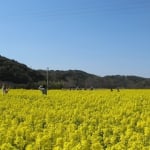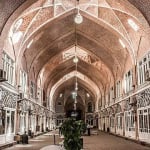Name: Asuka-dera Temple
Address: 682 Asuka, Asuka-mura, Takaichi-gun, Nara Prefecture, Japan
Official Website:https://yamatoji.nara-kankou.or.jp/01shaji/02tera/03east_area/asukadera/
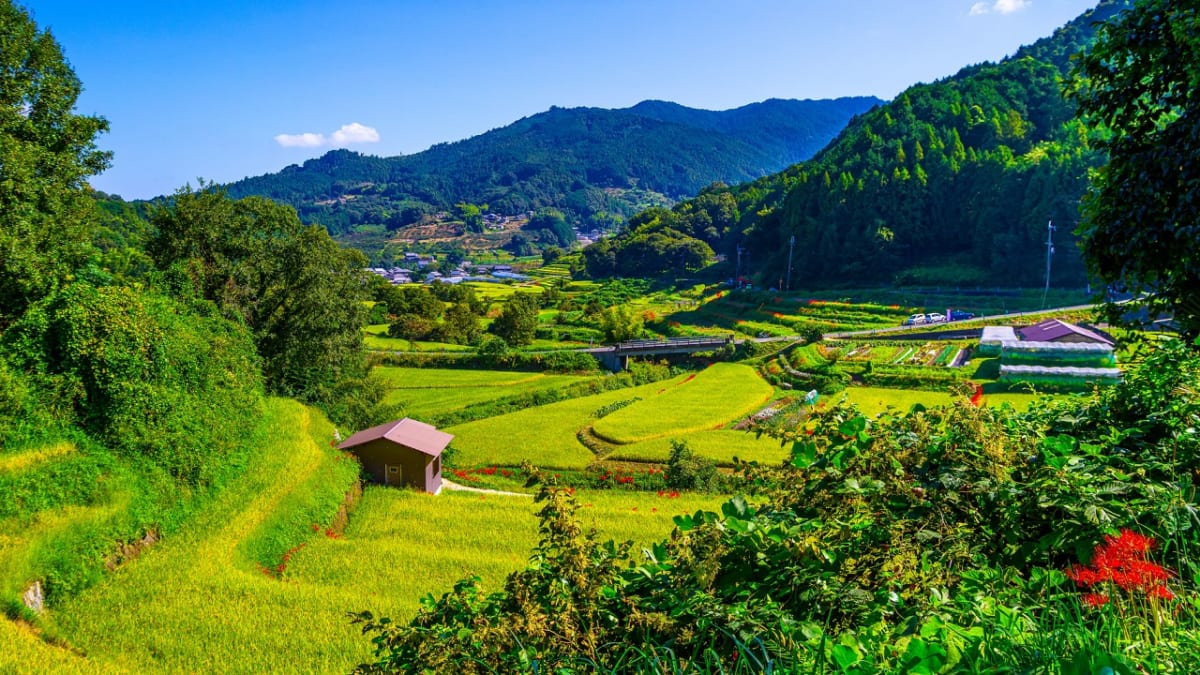
17 Must-Visit Tourist Attractions in Asuka Village, the Birthplace of Japan’s History
Most people are familiar with the Asuka Period. It is a fundamental part of Japanese history taught in elementary and junior high school. Even if you don’t remember the details, the name itself is unforgettable. However, not many people know exactly where the town that flourished during the Asuka Period is located today.
That town is none other than Asuka Village in Nara Prefecture, which once prospered as Japan’s capital during the Asuka Period. The name "Asuka" still carries the legacy of its historic past. Today, the village is a serene and picturesque destination, surrounded by beautiful rural landscapes and rich nature. It is considered the birthplace of Japan and holds deep cultural and historical significance.
What kind of life did people lead here during the Asuka Period? How did Japan develop from this very place? A visit to Asuka Village allows you to step back in time and experience the roots of Japan’s history. If you're planning a trip, here are some must-visit attractions that you shouldn’t miss.
table of contents
[x] close
17 Must-Visit Tourist Attractions in Asuka Village, the Birthplace of Japan’s History
- 1. Asuka-dera Temple
- 2. Soga no Iruka’s Head Mound
- 3. Ishibutai Kofun
- 4. Takamatsuzuka Kofun
- 5. Takamatsuzuka Mural Museum
- 6. Kitora Kofun
- 7. Asuka Suigetsu Ruins
- 8. Nara Prefectural Manyo Cultural Museum
- 9. Amakashi Hill Observatory
- 10. Inabuchi Terraced Rice Fields
- 11. Oni’s Chopping Board & Oni’s Toilet
- 12. Kamegata Sekizōbutsu
- 13. Sakafune-ishi
- 14. Okadera Temple
- 15. Tachibana Temple
- 16. Oku-Asuka Sarara
- 17. Asuka Strawberry Picking Park (あすかいちご狩りパーク)
- ◎ Summary
1. Asuka-dera Temple
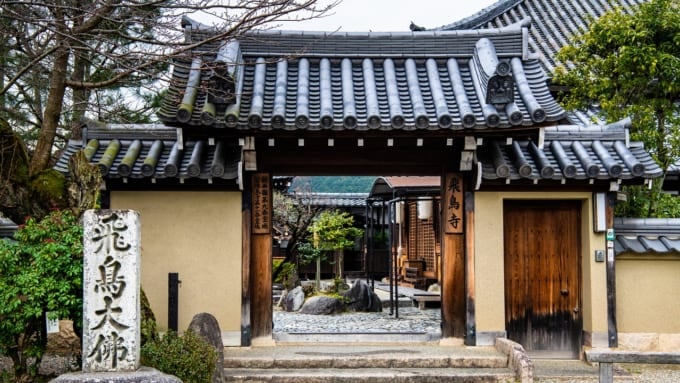
One of the most iconic temples of the Asuka period is Asuka-dera, named after the region itself. The powerful statesman Soga no Umako commissioned this grand structure as a symbol of his authority and influence over the imperial family and the people. Completed in 596 AD, Asuka-dera is considered Japan’s first major Buddhist temple and remains a must-visit historical site in Nara.
At the heart of the temple lies the Asuka Daibutsu, a revered Buddha statue designated as an Important Cultural Property. An interesting detail about the statue is that the fingers are connected by webbing, symbolizing the Buddha’s teaching of not letting a single soul slip away from salvation.
Although Asuka-dera is not a flashy tourist attraction, it is a profound historical landmark where visitors can immerse themselves in Japan’s rich Buddhist heritage.
2. Soga no Iruka’s Head Mound

Among the most well-known figures of the Asuka period is Soga no Iruka, whose assassination marked a turning point in Japanese history. On the eve of the Taika Reform, he was killed at Asuka Itabuki-no-miya by Prince Naka no Ōe and his allies. The place where his severed head is said to have fallen is now known as the “Soga no Iruka Head Mound.”
This site symbolizes the fall of the once-powerful Soga clan and the beginning of a new era in Japan. Today, it stands as a well-known historical attraction open to visitors.
A five-tiered stone pagoda (Gorintō) stands at the site, just west of the Asuka-dera temple grounds. The pagoda, made of granite and standing at 149 cm, is notable for its larger-than-usual fire wheel (katen) section and thick eaves.
While its exact origins remain uncertain, historians believe it was constructed during either the Kamakura period or the Nanboku-chō period. Regardless, it is a site of deep historical significance. Easily accessible from the "Asuka Daibutsu-mae" bus stop, just a 2-minute walk away, this is a must-visit for anyone exploring Asuka Village.
Name: Soga no Iruka Head Mound
Address: Asuka, Asuka-mura, Takaichi-gun, Nara Prefecture, Japan
Official Website:http://asukamura.com/?page_id=2455
3. Ishibutai Kofun
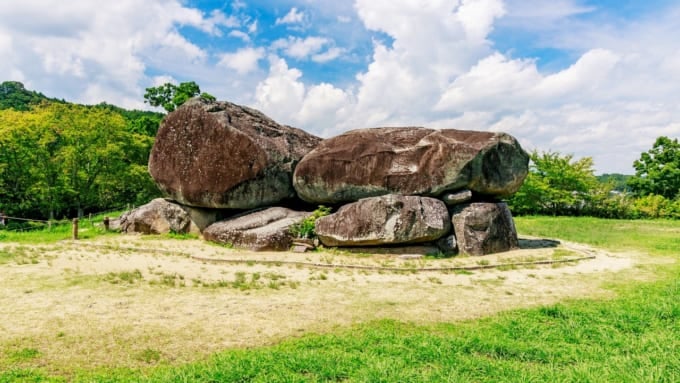
When talking about symbols of the Asuka period, kofun (ancient burial mounds) come to mind. One of the most iconic is Ishibutai Kofun, believed to be the tomb of Soga no Umako, a powerful statesman of that era. This site features one of Japan’s largest horizontal stone chambers, constructed by stacking massive stones. The total weight of these stones is estimated to be 2,300 tons. Considering that heavy machinery didn’t exist at the time, how these enormous stones were transported remains an eternal mystery.
Originally, the tomb was covered with an earthen mound, making it about 55 meters per side, but at some point in history, the mound eroded or was removed, revealing the gigantic stone chamber we see today. The name "Ishibutai" (literally meaning stone stage) comes from its stage-like appearance.
In spring, the surrounding area is adorned with cherry blossoms, making it a particularly picturesque and must-visit site. Asuka is a historical hub, and Ishibutai Kofun is undoubtedly one of its highlights. On weekends, the site is bustling with visitors, including an increasing number of international tour groups arriving by bus.
The entrance fee is only 250 yen, making it an affordable attraction. Plus, it's open all year round, so whenever you visit Asuka, this spot should definitely be on your itinerary.
Name: Ishibutai Kofun
Address: Shima, Asuka Village, Takaichi District, Nara Prefecture, Japan
Official Website: https://www.asuka-park.go.jp/ishibutai/
4. Takamatsuzuka Kofun
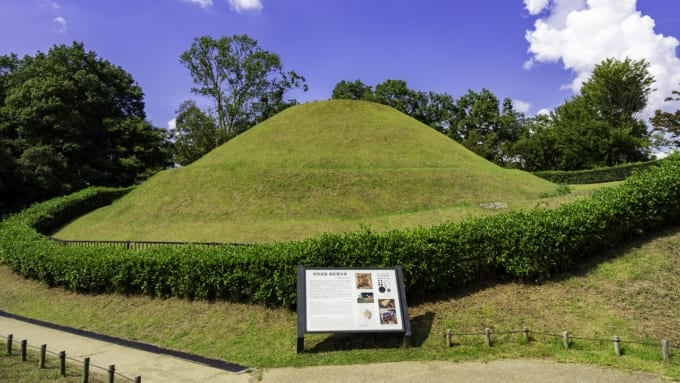
Unlike other kofun that were known for centuries, the Takamatsuzuka Kofun was discovered relatively recently. Around 1962, a local villager in Asuka was digging a hole to store ginger when he stumbled upon a cut stone slab made of tuff rock. Later, during the construction of a walking path near the mound, archaeologists were called in for a full-scale excavation, which officially began in March 1972.
On March 21 of that year, vibrant wall paintings were discovered inside the tomb—an event that became a national sensation. The discovery not only made headlines across Japan but also played a key role in sparking Japan’s archaeology boom.
What makes Takamatsuzuka Kofun unique is its intricate murals. The four walls of the stone chamber are adorned with colorful painted figures of men and women. The western wall features a group of women in bright clothing, now popularly known as the Asuka Beauties. These paintings are often featured in textbooks and are one of the most iconic artworks of the Asuka period.
Name: Takamatsuzuka Kofun
Address: 439 Hirata, Asuka Village, Takaichi District, Nara Prefecture, Japan
Official Website: https://www.asuka-park.go.jp/takamatsu/
5. Takamatsuzuka Mural Museum
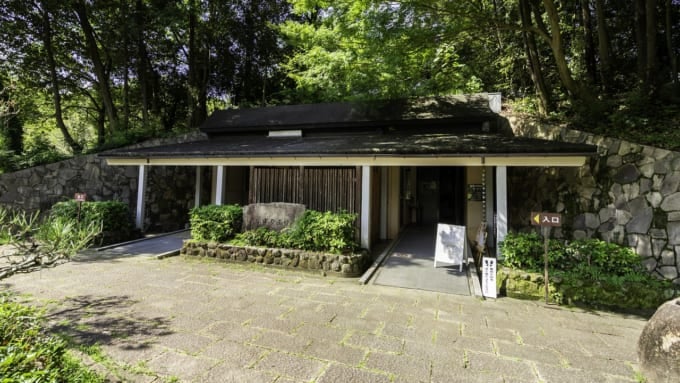
The Takamatsuzuka Mural Museum showcases a life-sized replica of the stone chamber found inside the Takamatsuzuka Kofun (ancient tomb) and exhibits carefully preserved artifacts unearthed from the site. This museum offers visitors a unique opportunity to experience the artistic and historical significance of the Takamatsuzuka murals up close.
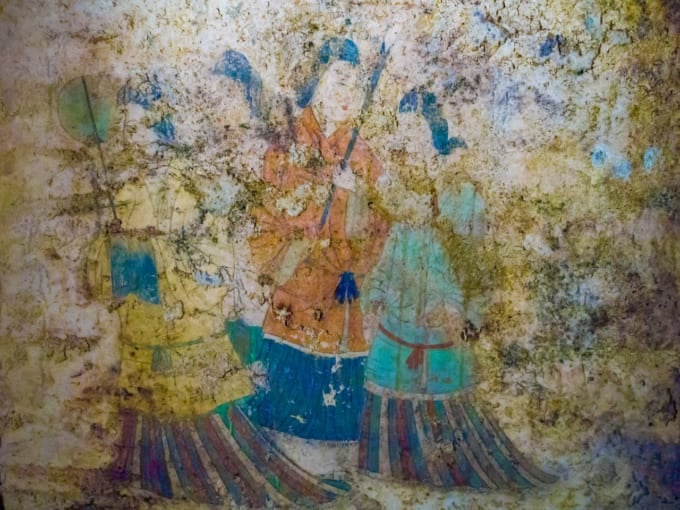
One of the most well-known murals displayed here is the "West Wall Female Figures"—an artwork that many people in Japan have seen in textbooks at least once. In addition to this masterpiece, the museum features replicas of various other murals, along with burial artifacts such as decorative sword fittings and wooden coffin ornaments.
Located right next to the Takamatsuzuka Kofun, this museum is a must-visit spot when exploring Asuka’s historical sites. However, getting there via public transportation can be a bit challenging, as it requires a 15-minute walk from Asuka Station. Many tourists opt for bus tours or rental cars to visit this important historical landmark.
For those interested in the Asuka period, this museum is an excellent place to gain insights into Japan’s early history. A visit to the Takamatsuzuka Mural Museum is highly recommended for history enthusiasts and culture seekers.
Name: Takamatsuzuka Mural Museum
Address: 439 Hirata, Asuka Village, Takaichi District, Nara Prefecture, Japan
Official Website:http://www.asukabito.or.jp/html/promenade02.html
6. Kitora Kofun
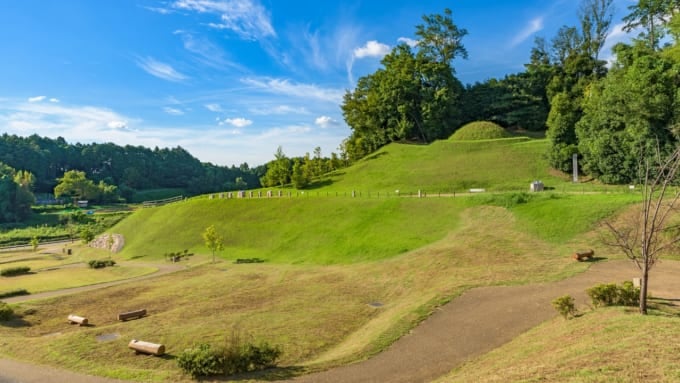
Following the discovery of Takamatsuzuka Kofun, another ancient burial site—Kitora Kofun—was unearthed. Known for its Chinese-style mural paintings, Kitora Kofun has gained significant attention in recent years. While Nara Prefecture is home to many ancient tombs, Kitora Kofun stands out as the "twin" of Takamatsuzuka Kofun and is celebrated for its rare and intricate murals.
One of the most fascinating discoveries within Kitora Kofun is the "Astronomical Chart" (Tenmonzu), which was uncovered in 1998. This detailed celestial map features a circular constellation centered around the sun, moon, and the North Star. Researchers believe this may be the oldest existing astronomical chart in the world, dating back to the 7th–8th century.
This remarkable finding has deepened the mysteries surrounding the Asuka period. If you are exploring historical sites in Asuka, the Kitora Astronomical Chart is a must-see! It’s a breathtaking glimpse into ancient Japan’s advanced knowledge of astronomy and a true testament to the ingenuity of the era.
Name: Kitora Kofun
Address: 136-1 Abeyama-Ueyama, Asuka Village, Takaichi District, Nara Prefecture, Japan
Official Website:https://www.asuka-park.go.jp/kitora/
7. Asuka Suigetsu Ruins
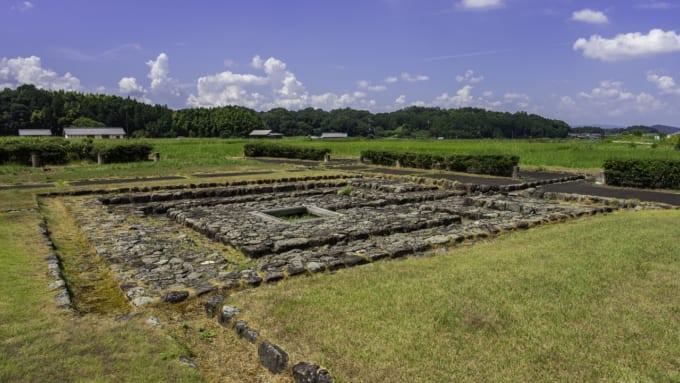
Located west of Asuka Temple, the Asuka Suigetsu Ruins feature a unique, large, square-shaped foundation. This site is believed to be the location of the leaking water clock (Rokoku-dai), which was built by Prince Naka no Ōe, who played a crucial role in the famous Taika Reforms.
Nowadays, we can easily check the time thanks to modern clocks and watches. However, such devices did not exist during the Asuka period. Different civilizations around the world developed various methods to track time, and in Japan, Prince Naka no Ōe is said to have built this water clock to inform the public of the time.
It is fascinating to realize that even in ancient times, the concept of time was already understood, and efforts were made to measure it precisely. Although the Asuka Suigetsu Ruins are not particularly large, they are an essential stop when exploring Asuka’s historical sites. This is because the water clock, attributed to Prince Naka no Ōe, symbolizes the technological advancements of the Asuka period, making it a must-visit attraction.
Name: Asuka Suigetsu Ruins
Address: Asuka, Takachi District, Nara Prefecture
Official Website:https://www.asuka-park.go.jp/kitora/
8. Nara Prefectural Manyo Cultural Museum
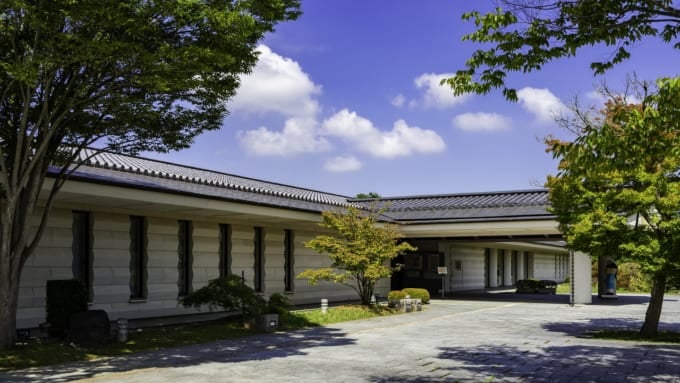
The Nara Prefectural Manyo Cultural Museum is a unique museum dedicated to Manyoshu (万葉集), the oldest existing collection of Japanese poetry. This facility not only serves as a museum for research and preservation of ancient Japanese civilization and culture, but it also functions as a library and information center specializing in Manyoshu. It even houses excavated cultural artifacts, making it a comprehensive cultural institution.
On the first floor, you can admire Japanese paintings inspired by Manyoshu and visit the museum shop. Meanwhile, the basement floor offers a more immersive experience, featuring interactive exhibitions, the Manyo Theater, and an educational corner, where visitors can delve deeper into the world of Manyoshu poetry.
The Manyoshu contains over 4,500 poems composed between the 5th and 8th centuries, covering the Asuka period to the Heian period. Here, visitors can explore how poetry evolved through different eras and gain insights into the emotions and daily lives of people in ancient Japan. The museum is a fascinating place for visitors of all ages, offering a deep dive into Japan’s poetic history.
Name: Nara Prefectural Manyo Cultural Museum
Address: 10 Asuka, Takachi District, Nara Prefecture
Official Website:http://loco.yahoo.co.jp/place/g-RGLWPmZ2XH2/
9. Amakashi Hill Observatory
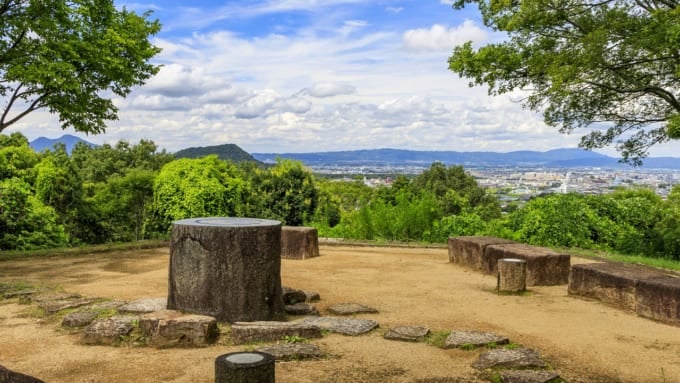
The phrase "The view of Asuka from Amakashi Hill is beautiful" was first introduced in 1977 in Teiji Kadowaki’s renowned book, "Revised Asuka: Its Ancient History and Landscape." Amakashi Hill, also written as 甘檮岡 (Amakarigaoka) in historical records, is a scenic hill located on the western edge of Asuka Village.
Standing at 148 meters above sea level, the hill has multiple trails leading up to the observatory, making it accessible from various routes. In spring, the hill is adorned with cherry blossoms in full bloom, creating a truly breathtaking landscape.
One of the highly recommended spots is the Toyoura Observatory. It is a popular destination during the Asuka sightseeing season, especially in spring when visitors flock to enjoy its stunning panoramic views. From here, you can admire a sweeping view of the entire Asuka area, including Mount Nijō, Mount Katsuragi, and Mount Kongō. It’s the kind of place that makes visitors instinctively whisper, "The view of Asuka is truly magnificent."
Name: Amakashi Hill Observatory
Address: Toyoura, Asuka Village, Takaichi District, Nara Prefecture
Official/Related Website:http://www.pref.nara.jp/18235.htm
10. Inabuchi Terraced Rice Fields

The Okuyama Asuka region in Asuka Village is home to some of Japan’s most picturesque countryside landscapes, earning it a place in the "100 Most Beautiful Villages in Japan" list. This tranquil area showcases the scenic beauty of Japan’s traditional rural life, where time seems to stand still.
Among its highlights is Inabuchi, a district where gently sloping rice terraces curve naturally along the hillsides. These fields, shaped by centuries of agricultural traditions dating back to the Asuka Period, remain active today, with farmers continuing traditional rice planting and harvesting practices.
The best time to visit is autumn, particularly in late September, when the vibrant red spider lilies (higanbana) bloom along the pathways, creating a breathtaking contrast against the golden rice fields. As the setting sun casts its warm glow over the ripened fields, you’ll find yourself whispering, "Japan is truly beautiful."
When visiting, be mindful of the local farmers and respect their work. These stunning landscapes, shaped by generations of agricultural tradition, are a timeless treasure that should be preserved for the future. Each visit to Asuka will leave you wanting to return to these mesmerizing terraced fields.
Name: Inabuchi Terraced Rice Fields
Address: Inabuchi, Asuka Village, Takaichi District, Nara Prefecture
Official/Related Website:http://www.pref.nara.jp/18237.htm
11. Oni’s Chopping Board & Oni’s Toilet
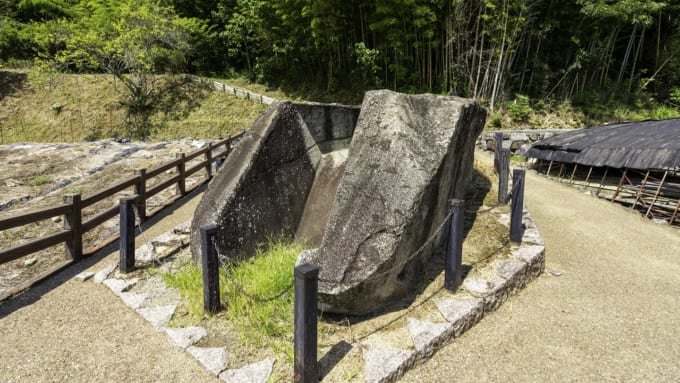
When exploring the Asuka region, you'll come across many massive and intriguing stone structures. Among them, located along the walking trail from Noguchi to Hirata in Asuka Village, are two notable formations: "Oni no Manaita" (Oni’s Chopping Board) and "Oni no Setchin" (Oni’s Toilet).
Oni no Manaita sits on an elevated area to the right of the trail, while Oni no Setchin appears to have "slipped" into a nearby field on the opposite side. But what exactly are these structures?
In reality, these formations are the remains of a collapsed Yokoguchi-style stone chamber and its base stone. The stone chamber corresponds to Oni no Setchin, while the base stone is Oni no Manaita. Though their exact purpose remains unclear, historians believe they were built in the 7th century as an accompanying burial mound (陪塚, Baizuka) of Emperor Kinmei.
A local legend adds an eerie twist: it is said that a demon (Oni) would capture travelers, cook them on the chopping board, and use the toilet to relieve itself. Asuka is home to many such mysterious stone structures from the period, and today, they serve as fascinating historical attractions for visitors.
Name: Oni no Manaita & Oni no Setchin
Address: Noguchi, Asuka Village, Takaichi District, Nara Prefecture
Related Site:http://yaplog.jp/kyocha/archive/306
12. Kamegata Sekizōbutsu
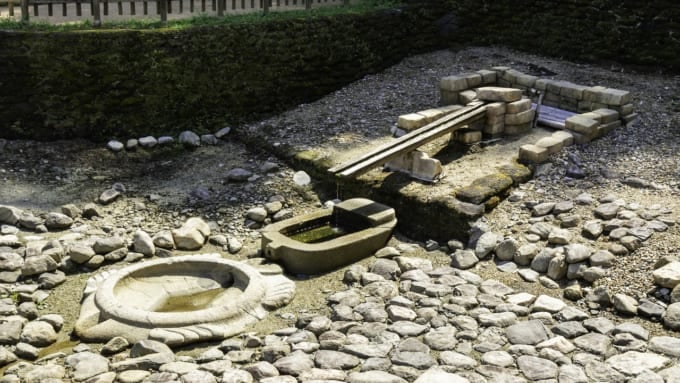
Another fascinating stone structure in Asuka is the Kamegata Sekizōbutsu or Turtle-Shaped Stone Monument. Its unique design has led some to believe it resembles a toilet, while others see the form of a turtle. Interestingly, many turtle-shaped structures were created during the Asuka period, leaving historians curious about their significance.
The structure is 2.3 meters long and about 2 meters wide, with a 0.2-meter-deep water basin carved into its circular shell. Water flows into the basin through an opening in the head section, and exits through the tail, mimicking a turtle's natural movement.
Nearby, a reservoir was designed to replenish water into the turtle’s head, while a brick-structured spring system further south supplied water to a boat-shaped basin. This intricate hydraulic system suggests the area was likely used for rituals and ceremonies during the Asuka period.
Although it’s a small attraction, the Kamegata Sekizōbutsu is a must-see for history enthusiasts visiting Asuka.
Name: Kamegata Sekizōbutsu (Turtle-Shaped Stone Monument)
Address: Muraoka, Asuka Village, Takaichi District, Nara Prefecture
Related Site: http://www.asukabito.or.jp/sansaku/2008/01/post-16.html
13. Sakafune-ishi
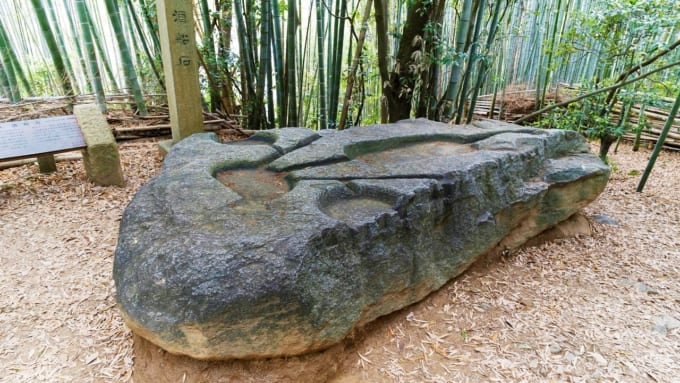
Nestled within a small bamboo grove atop a hill south of the Manyo Cultural Museum in Asuka Village lies a mysterious stone structure known as Sakafune-ishi. This massive granite monument measures approximately 5 meters in length and 2.3 meters in width, and features intricate carvings that resemble symbols or messages.
Its exact purpose remains unknown, though scholars speculate that it may have been used in the Asuka period for brewing sake or preparing medicine. Additionally, ancient clay pipes found nearby suggest that water was once directed to this enigmatic stone.
Asuka is home to several such mysterious stone structures, many of which have become popular tourist attractions. Exploring these relics offers a glimpse into the lives of people from centuries ago, making Sakafune-ishi a fascinating destination for history enthusiasts. A visit here invites travelers to reflect on Japan’s past and immerse themselves in the mysteries of the Asuka period.
Address: Oka, Asuka Village, Takaichi District, Nara Prefecture
Official Website:http://www.bell.jp/pancho/asuka-sansaku/sakafuneisi.htm
14. Okadera Temple
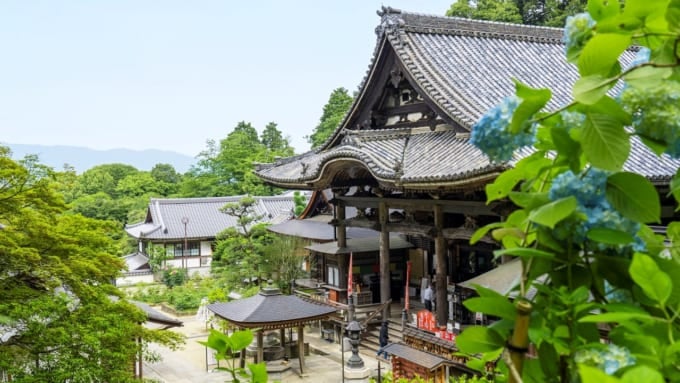
Located in Asuka Village, Okadera Temple was founded during the reign of Emperor Tenchi when Priest Gien received Okamiya, the residence of Prince Kusakabe. The temple was named after this gift, though its official name is Ryugai-ji. The temple enshrines Nyoirin Kannon, a deity revered as a protector against misfortunes, particularly for women. Okadera is also the 7th temple on the Saigoku 33 Kannon Pilgrimage, attracting many visitors and worshippers.
Beyond its spiritual significance, Okadera is breathtaking in all seasons. In spring, the temple grounds are adorned with cherry blossoms, while in autumn, the vibrant foliage transforms it into a picturesque retreat. Since the Asuka period, generations of Japanese people have found solace in this tranquil scenery.
For those planning a visit, spring and autumn are the best seasons to fully appreciate the temple’s natural beauty. If you're exploring Asuka’s historical landmarks, Okadera is a must-visit destination.
Address: 806 Oka, Asuka Village, Takaichi District, Nara Prefecture
Official Website:http://www.okadera3307.com/
15. Tachibana Temple
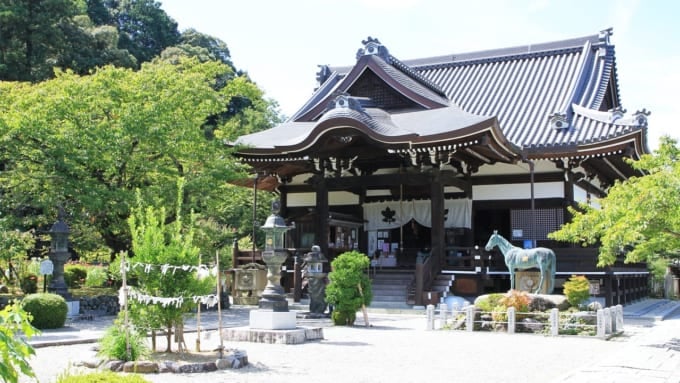
When it comes to famous figures from the Asuka period, Prince Shōtoku is undoubtedly the most well-known. He even appeared on Japanese banknotes, and his iconic portrait is instantly recognizable. One place deeply connected to him is Tachibana Temple, which is believed to be his birthplace. In honor of this, the temple enshrines a seated statue of Prince Shōtoku at the age of 35 as its principal image.
However, scholar Takeshi Umehara once described Tachibana Temple as the most enigmatic in his book What is Asuka? The reason lies in conflicting historical accounts: the temple’s tradition states that Prince Shōtoku was born here, while official records mention that he was born at Iwareikebe no Namitsuki-no-miya, the palace of Emperor Yōmei.
The true birthplace remains uncertain, but Tachibana Temple retains the atmosphere of ancient Japan and is a popular tourist destination. If you are fascinated by the Asuka period, this historical site is a must-visit.
Address: 532 Tachibana, Asuka-mura, Takaichi-gun, Nara Prefecture
Official/Related Website:https://goo.gl/ebnV9u
16. Oku-Asuka Sarara
Located in the depths of Asuka Village, Oku-Asuka Sarara is a charming gallery and restaurant beloved by locals. The establishment is housed in a renovated 50-year-old traditional home, blending history with a cozy atmosphere.
The first floor serves as a gallery and dining space, open since February 2015. Here, visitors can enjoy meals while admiring glassworks, ceramics, and other handcrafted pieces carefully curated by the owner. Some artworks are even available for purchase, making it a great place to take home a unique souvenir.
The restaurant offers only one set meal, the Sarara Zen, which includes ginger chicken, handmade konnyaku (yam cake), and Kannabi tofu, providing a well-balanced dining experience. Additionally, the café menu is extensive, making it a perfect spot to relax and unwind.
Aside from food, Oku-Asuka Sarara also sells special local souvenirs. If you’re exploring Asuka, stopping by here is highly recommended to find something unique and memorable.
Address: 137 Kaimori, Asuka-mura, Takaichi-gun, Nara Prefecture
Official/Related Website:http://okuasukasarara.kir.jp/
17. Asuka Strawberry Picking Park (あすかいちご狩りパーク)

When it comes to strawberries in Nara Prefecture, the Asuka Ruby variety is particularly famous. One of the best places to enjoy these delicious strawberries is Asuka Strawberry Picking Park. Open only from early January to late May, this reservation-only facility allows visitors to experience strawberry picking in a relaxed and enjoyable setting. You can enjoy all-you-can-eat fresh strawberries for 30 minutes, savoring the sweet, juicy flavors right from the farm.
Located in Asuka Village, this park operates across more than 10 different locations, allowing you to choose your preferred spot for strawberry picking. While this activity may differ from the usual Asuka historical tours, it offers a refreshing break from exploring ancient sites. After immersing yourself in the history of the Asuka period, visiting the farm provides a perfect opportunity to relax and unwind. The park is popular among both tourists and locals, creating a lively and friendly atmosphere.
Since the opening dates and hours are limited, it is highly recommended to book in advance to secure your spot and make the most of this sweet experience.
Name: Asuka Strawberry Picking Park (あすかいちご狩りパーク)
Address: Asuka Village, Takaichi District, Nara Prefecture, Japan
Official Website:http://asukadeasobo.jp/asukaichigo
◎ Summary
How did you find this guide? In addition to exploring historical landmarks and artifacts from the Asuka period, a visit to Asuka Village provides a unique opportunity to connect with Japan’s ancient roots. The village is often considered the birthplace of Japan’s political system, making it a key historical destination.
By walking through Asuka, you can immerse yourself in the past, reflecting on how people lived centuries ago. Every corner of the village holds hidden stories and historical mysteries waiting to be uncovered.
When you visit, don’t forget to indulge in delicious local cuisine, admire the breathtaking landscapes, and experience the rich cultural heritage. A trip to Asuka is not just a journey through history—it’s an opportunity to see Japan from a fresh perspective.
RELATED ARTICLES
REGIONS
CATEGORIES
FEATURED ON Guide
-
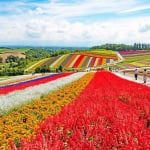
Where will you go for the summer vacation? Introducing recommended spots for domestic travel
-

Kaizu City’s Recommended 7 Tourist Spots. Enjoy the Culture and History Nurtured by Wajū!
-
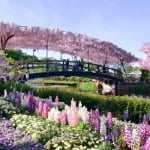
What Makes Ashikaga Flower Park So Special? A Treasure Trove of Photo-Worthy Spots!
-
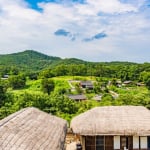
600 Years of Radiant Tradition: Korea’s Historic Villages of Hahoe and Yangdong
-

Two-Colored Seas and a Pink Beach! 4 Must-Visit Spots in North Eleuthera
MOST POPULAR ON Guide
-
 1
1Doha: Must-see Attractions in the Capital of Qatar
-
 2
2Toronto: 10 Things to do in this Picturesque Canadian City
-
 3
3Amarillo: A City Famous for It’s Amazing Canyons, Great History and Music
-
 4
4South Korea: Dazzling Scenery, Rich Culture and Fascinating History
-
 5
5Kuwait: A Country in Middle East Asia Famous for Hot Sand Dunes and Stunning Cityscape


